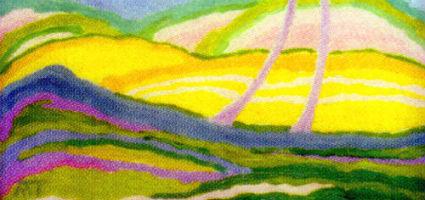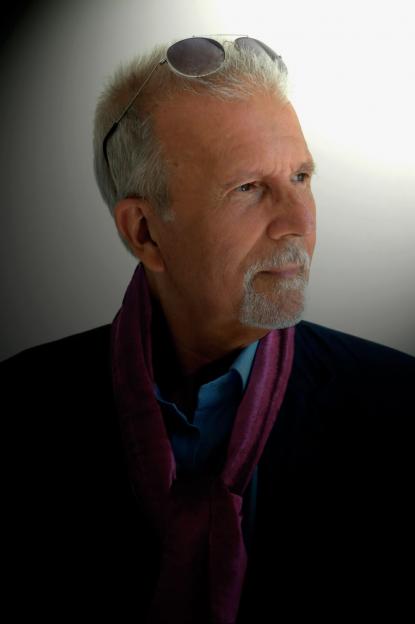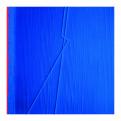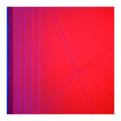2024. April 25. Thursday
Baranya County Museum Authority - Modern Hungarian Gallery I. - Martyn Ferenc Museum - Pécs
 |
Address: 7621, Pécs Káptalan utca 4.
Phone number: (72) 514-040
E-mail: jpm@jpm.hu
Opening hours: Tue-Sun 10-18
|
The exhibition has closed for visitors.
2015.05.15. - 2015.10.21.
Ticket prices
|
Individual ticket for adults
|
600 HUF
|
|
|
Individual ticket for students
|
300 HUF
|
|
|
Individual ticket for pensioners
|
300 HUF
|
Works of art by the master of analytical painting, Gianfranco Zappettini (1939-) are to be shown in the framework of the exhibition opening in Pécs Museum Gallery on May 15 at 14.00 in the presence of the artist. The material invites the visitors to have a look of works of art from the 1960s up to the latest works, more than half a century of his career, therefore not only Zappettini artistic periods, but the development of analytical painting is revealed to the public."To disappear or reinvent" - according to the interpretation of the Italian Gianfranco Zappettini the art of the 1960s did not offer a third option to painting: to either cede the stage for trends trying to break free from traditional art with its intangible forms - giving up its leading role - or to rediscover itself finding itself in the focus of art once again.

He desired to formulate a new language of painting, and shortly thereafter the German critic and curator, Professor Klaus Honnef, who was first to describe the principles of analytical art, considered him as one of the artists who were involved in the reformulation of painting, the renewal of the pictorial language and laying the foundations abstraction. Zappettini fought to keep painting alive. He believed that it was the duty of young artists like him, and more than half a century later - having followed his program faithfully - he keeps exploring the meaning of art, creating an ever deepening pictorial language .
The master who lives Chiavari does not work with paint in the first place. Instead, he uses colours and blocks taken from building industry that are unusual in traditional painting, such as nylon, plastic, quartz dust or marble. He is in search of interaction between every material that can be applied on canvas. With the composition he created a kind of static dynamics, palpable tension, which he frees by colour scheme baring transcendent meaning and the essence of material used. The setting a lyrical or dramatic passionate works surface for his works, he makes his works leaving two dimensionality behind and moves it into the borderline of painting and relief. It uses archaic geometric shapes masking deep-rooted symbolism that are superimposed on one another, each structure is relativized, it reinterprets and thus dissolve into sensual visions.

He desired to formulate a new language of painting, and shortly thereafter the German critic and curator, Professor Klaus Honnef, who was first to describe the principles of analytical art, considered him as one of the artists who were involved in the reformulation of painting, the renewal of the pictorial language and laying the foundations abstraction. Zappettini fought to keep painting alive. He believed that it was the duty of young artists like him, and more than half a century later - having followed his program faithfully - he keeps exploring the meaning of art, creating an ever deepening pictorial language .
The master who lives Chiavari does not work with paint in the first place. Instead, he uses colours and blocks taken from building industry that are unusual in traditional painting, such as nylon, plastic, quartz dust or marble. He is in search of interaction between every material that can be applied on canvas. With the composition he created a kind of static dynamics, palpable tension, which he frees by colour scheme baring transcendent meaning and the essence of material used. The setting a lyrical or dramatic passionate works surface for his works, he makes his works leaving two dimensionality behind and moves it into the borderline of painting and relief. It uses archaic geometric shapes masking deep-rooted symbolism that are superimposed on one another, each structure is relativized, it reinterprets and thus dissolve into sensual visions.


